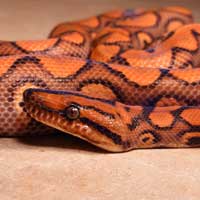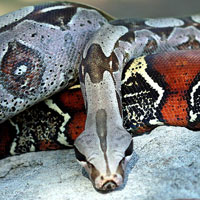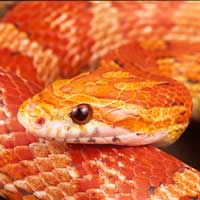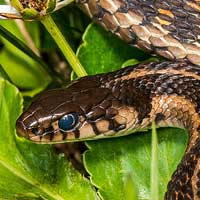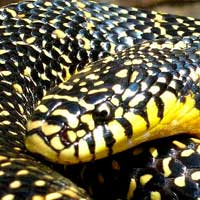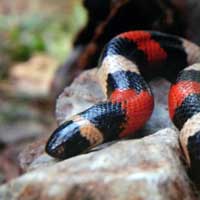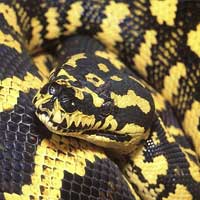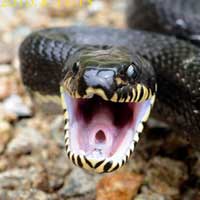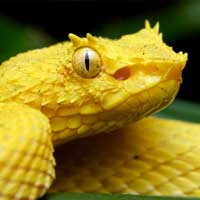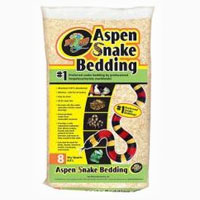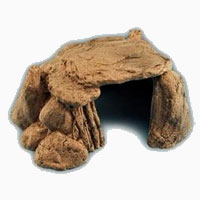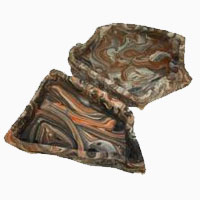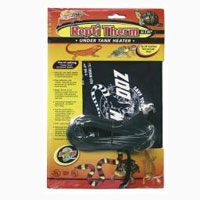Mexican Milksnake
Scientific Name: Lampropeltis Triangulum Annulata
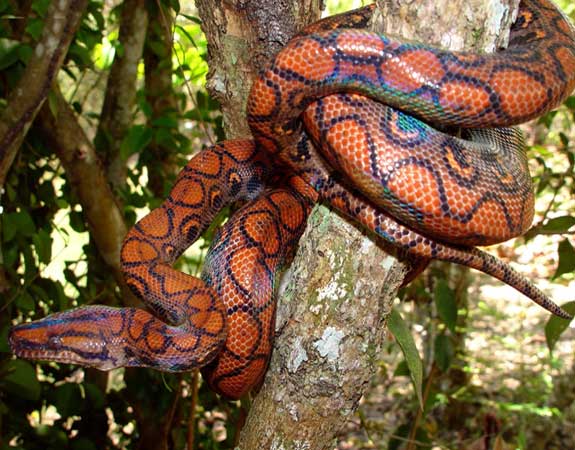
Share this Post
The Mexican Milksnake is a kind of snake also referred to as the kingsnake. This species is commonly found in Mexico and southern Texas and is a non-venomous species. It is normally confused with the coral snake species. It is eminent by its wide red rings, encircling it with yellow/orange or white and black bands. A black snout and head also distinguish it. Other types have narrow yellow bands and there are those that get them in orange. The baby milk snakes are normally white, black and red making it hard to be certain of the color they will turn into when they grow. Additionally, they have shiny and smooth scales. Adults are 24-32 inches long. It has no eyelids but instead has brilles, a transparent covering for the eyes.
Mexican Milksnakes Are Beautiful Creatures
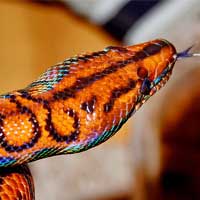
Facts About Mexican Milksnakes
Geographic Location
It is dispersed from the southern part of Canada to nearly all of continental United States. It is also found in Central America all the way down to northern Venezuela and Ecuador.
Habitat
Due to the wide range of this species of snake, their habitat varies. It does well in forested regions but in some regions, they flourish in open grasslands. In the various geographical locations where the snake can be found, they normally tolerate rocky slopes.
Behavior
The mannerisms of these snakes are typically nocturnal and are terrestrial primarily.
Reproduction
The Mexican Milk Snakes are oviparous and lay an average of almost 10 eggs per clutch. However, this number may vary from region to region. The snake mates from the start of May to late June. In June and July, the female lays 3-24 eggs under boards, logs, rotting vegetation and boards. It takes about 2 months for the eggs to incubate before hatching in the month of August or September.
Captivity
It flourishes in captivity and can be tamed as a pet in a zoo or home. It lives for about twelve years.
